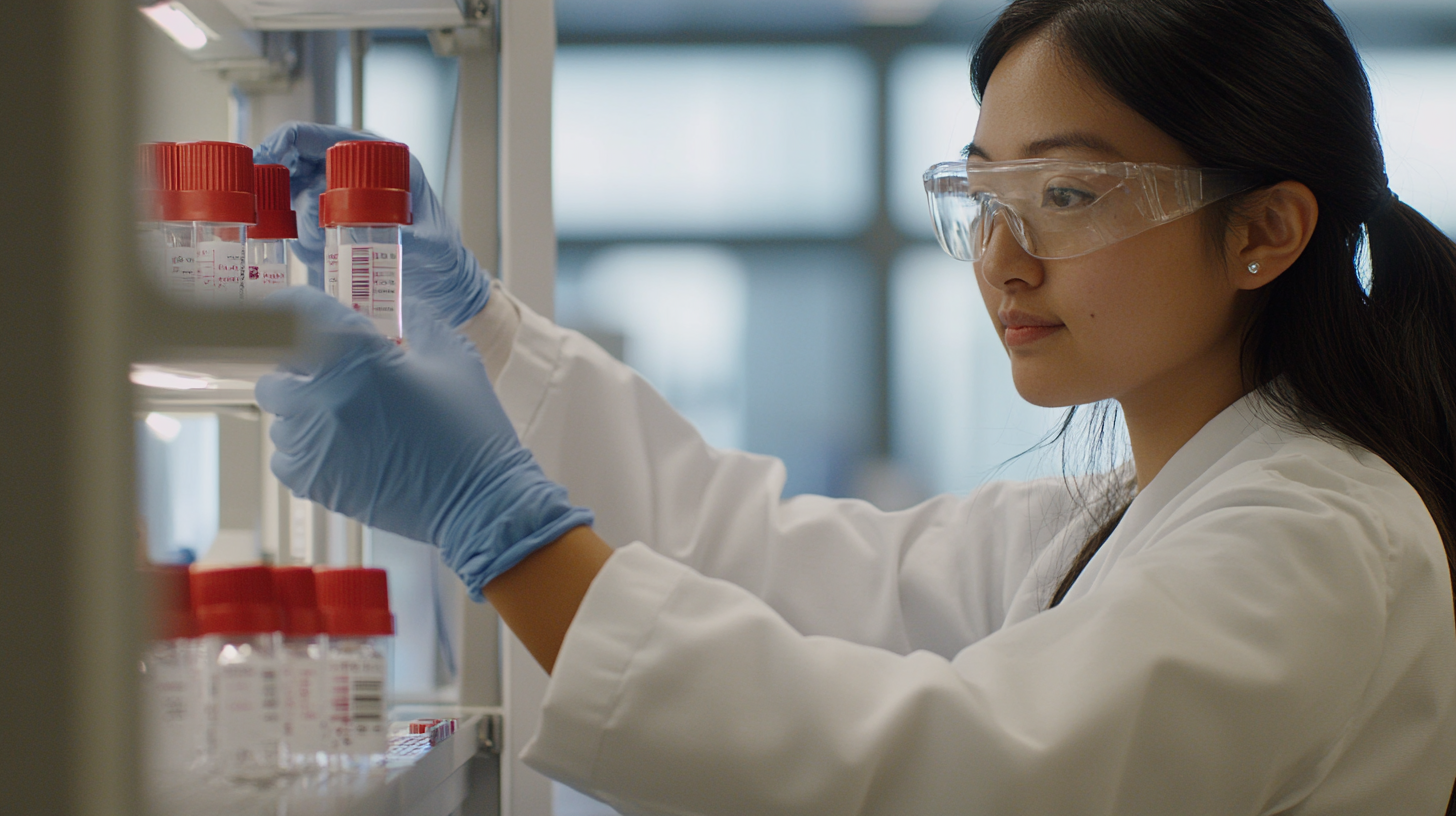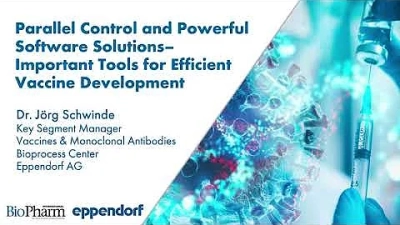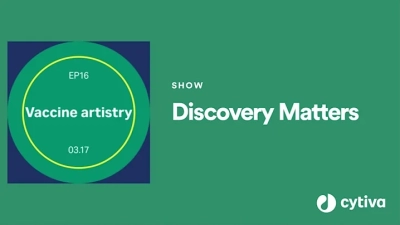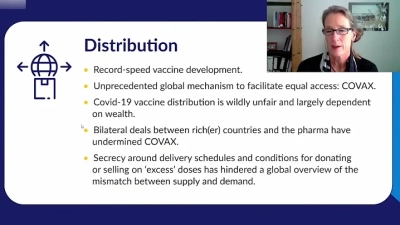In the realm of global health, the urgency of Vaccine Development has never been more pronounced, especially amid recent pandemics that have demonstrated the fragility of health systems worldwide. According to a report by the World Health Organization, vaccine-preventable diseases cost low- and middle-income countries over $1 billion annually in healthcare and lost productivity. Furthermore, the Global Vaccine Action Plan aims to immunize 90% of children against vaccine-preventable diseases by 2030, emphasizing the critical need for streamlined and efficient vaccine development processes. By optimizing these processes, stakeholders can enhance the speed and efficacy of vaccine rollout, ultimately improving global health outcomes. This blog will explore the intricacies of vaccine development and present strategies for successful global procurement, bridging the gap between research and real-world implementation.

The vaccine development lifecycle is a complex and multi-phased process that involves rigorous scientific and regulatory scrutiny. It typically spans several stages, each with varying timelines that can significantly impact global procurement success. According to a report by the Coalition for Epidemic Preparedness Innovations (CEPI), the entire vaccine development process can take a decade or more, often hampered by lengthy clinical trial phases and regulatory approvals.
The key phases include preclinical research, clinical trials (phases I, II, and III), regulatory review, and post-marketing surveillance. Preclinical research focuses on basic laboratory studies and animal testing, which can take around 3-5 years. Subsequent clinical trials often consume 6-10 years, with Phase III alone lasting anywhere from 1 to 4 years. The slow pace of these processes presents challenges for manufacturers aiming to secure funding and partnerships for global procurement, underscoring the importance of streamlined strategies and robust forecasting models.
Understanding these timelines is crucial for stakeholders in the vaccine ecosystem, as delays can impact supply chain efficiency and market readiness. A report from the McKinsey Global Institute indicates that optimizing this lifecycle could reduce development costs by up to 30% while ensuring timely access to vaccines during global health crises. Leveraging insights from these phases can enhance procurement strategies, ultimately facilitating faster vaccine availability worldwide.

The effectiveness of global vaccine procurement hinges significantly on the robustness of regulatory frameworks. These frameworks not only ensure the safety and efficacy of vaccines but also foster an environment conducive to innovation. According to a report by McKinsey, countries with streamlined regulatory processes can reduce vaccine development timelines by up to 70%, a critical factor during health crises where speed is paramount.
Regulatory authorities worldwide have a pivotal role in modernizing procedures to encourage investment in vaccine research and development. For instance, the COVID-19 pandemic highlighted the need for agile regulatory systems that can swiftly evaluate and authorize new vaccine technologies. A study by the World Health Organization indicates that regions with proactive regulatory frameworks were able to license COVID-19 vaccines faster and more efficiently, showcasing the correlation between regulatory capacity and public health outcomes.
However, the challenge remains for middle-income countries, which often depend on the regulatory expertise of higher-income nations during crises. The dynamics observed in Brazil during the pandemic reveal that countries must build resilient regulatory systems capable of independent decision-making. Strengthening these frameworks can cultivate local innovation, thereby enhancing global vaccine supply chains and ultimately supporting worldwide health security.
The ongoing challenges in vaccine development and distribution are critical factors that require strategic enhancements in supply chain efficiency, particularly in light of the disruptions caused by the COVID-19 pandemic. As we navigate through the complexities of global procurement, leveraging data analytics becomes essential. The pandemic has highlighted weaknesses within supply chains, including demand-supply mismatches and logistical inefficiencies, which have resulted in significant delays in vaccine distribution.
By harnessing big data technologies, stakeholders can create a clearer picture of the supply chain dynamics, ensuring better alignment between vaccine production and distribution needs. This analytical approach enables companies to optimize their operations, foresee potential bottlenecks, and enhance collaboration across various channels. The integration of real-time data insights can significantly improve decision-making processes, ultimately leading to a more resilient vaccine supply chain that can adapt proactively to unforeseen challenges.
Moreover, advancements in cold chain logistics are crucial for maintaining the integrity of vaccines throughout their journey. As organizations focus on improving their operational frameworks, the role of data analytics will be pivotal in streamlining logistics, reducing waste, and ensuring timely delivery. Ultimately, the combination of accurate data analysis and robust logistical frameworks will play a vital role in overcoming barriers to successful global vaccination efforts.
Collaborative partnerships between public and private sectors have become essential for advancing vaccine development, particularly in the context of global health challenges. These partnerships are not merely beneficial but vital in addressing urgent health needs like those highlighted by the COVID-19 pandemic, where equitable access to vaccines has been a significant concern. A recent workshop organized by the DAHD and WOAH outlined a roadmap for enhancing veterinary services through similar collaborations, emphasizing the importance of strong vaccine platforms and an effective veterinary workforce. This framework can serve as a model for broader vaccine initiatives.
The success of public-private partnerships (PPPs) in the agricultural sector underscores their potential in vaccine development. As seen in programs aimed at optimizing COVID-19 vaccine delivery to developing countries, utilizing PPPs can streamline the production and distribution processes, ensuring that vaccines reach those who need them most. By leveraging resources and expertise from both sectors, these collaborations can create innovative solutions that not only enhance vaccine accessibility but also bolster overall public health readiness for future pandemics. This holistic approach is crucial for fostering resilience in global health systems.

Cost-effectiveness in vaccine production is essential for ensuring that innovative therapies are accessible to populations worldwide. As the global demand for vaccines continues to rise, evaluating economic models becomes imperative for governments and organizations alike. By understanding the cost structure involved in vaccine development—from research and clinical trials to distribution—the industry can streamline processes and reduce unnecessary expenditures. Implementing strategies such as public-private partnerships can further enable scalability while sharing financial risks and resources.
Funding strategies also play a critical role in the cost-effectiveness of vaccine production. Leveraging diverse funding sources, including government grants, philanthropic contributions, and international organizations, is vital. Tailored funding models that prioritize high-impact vaccinations and target under-served populations can enhance the economic feasibility of large-scale vaccination campaigns. By investing in research and innovation, stakeholders can ensure that vaccines are not only developed efficiently but are also sustainable and affordable, fostering an equitable global health landscape.



